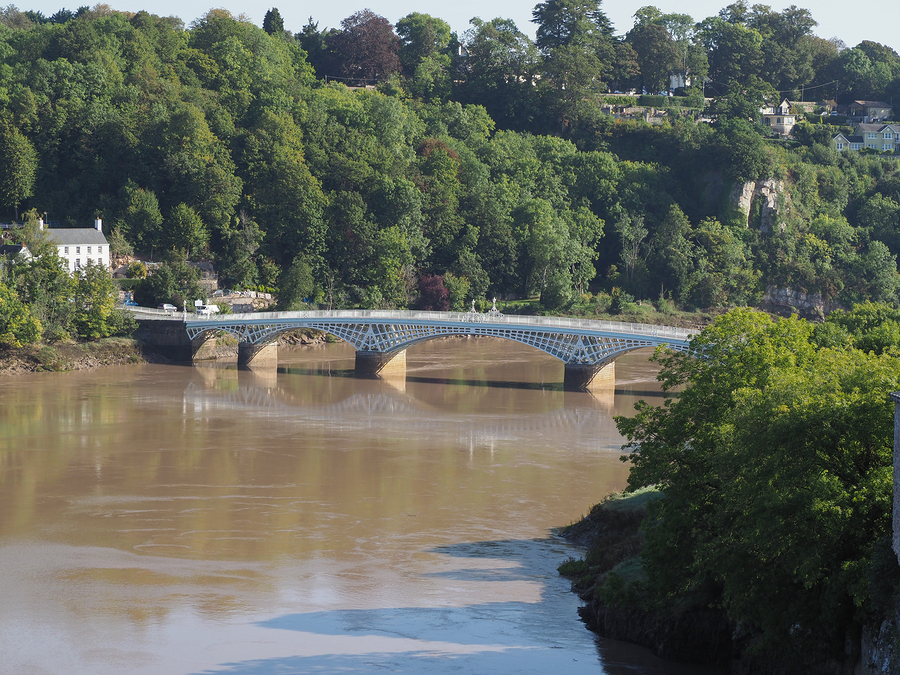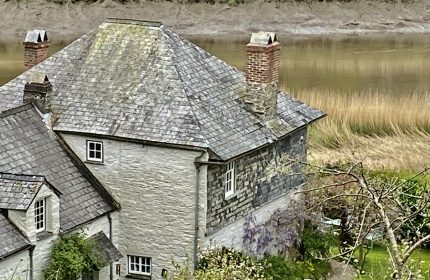A dozen or so things you never knew about historic Monmouthshire
The fourteenth in our series of 'I never knew that about the beauty spots of Britain'
Britain is the most beautiful country in the world when the sun shines. And even when it doesn’t there are myriad tales and facts galore to enhance the beauty, whatever the weather. Here are some of them – they may make you want to go there….
A dozen or so things you never knew about Historic Monmouthshire (maybe)
England or Wales? Part of the Welsh kingdom of Gwent under the Saxons, then purloined for England by the Normans, the beautiful shire of Monmouth, stretching from the River Wye to the River Usk, was created by Henry VIII and over the next few hundred years was administered sometimes from England and sometimes from Wales. Today it is firmly in Wales.
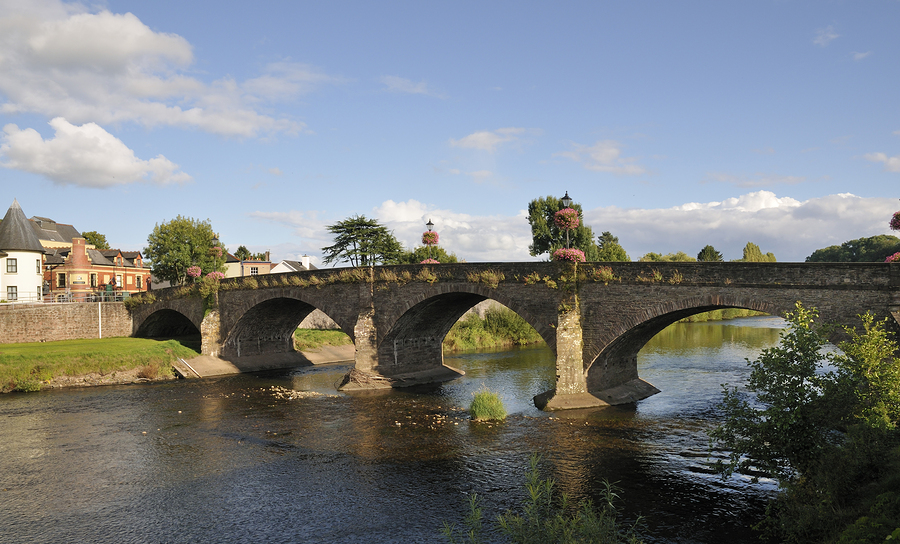
Usk Bridge in Usk Monmouthshire
- The 13th-century Monnow Bridge in Monmouth is the last surviving fortified bridge in Britain.
- King Arthur was born in Monmouth, introduced to the world by the pen of Prior Geoffrey of Monmouth in his History of the Kings of Britain, written in the early 12th-century. Henry V was also born in Monmouth, in 1387, as was flying pioneer Charles Stewart Rolls, co-founder of Rolls-Royce, in 1877. He went on to become the first Briton to die in an air accident, in 1910.
- The virtually intact Blaenavon Ironworks, once the largest ironworks in the world and now a World Heritage Site, is the best preserved 18th century ironworks in the world, as well as the world’s most complete and significant industrial heritage site.
- In the 18th century Pontypool was the leading producer of Japanware in the world.
- The Chartist Uprising of 1839, the last large scale armed insurrection in British history, took place in Newport, home of the original ‘Supertramp’, poet W.H. Davies, who penned the words,
- ‘What is this life if full of care, We have no time to stand and stare?’
- Newport is home to the longest of the world’s four surviving transporter bridges. It spans the River Usk, which has the greatest tidal range of any river in Britain, and looks down upon the largest area of water controlled by locks in Britain, itself served by the steepest lock system in Britain, Fourteen Locks.
- Tredegar House, outside Newport, was the family home for over 500 years of the Morgan family, whose seafaring ancestor Sir Henry Morgan was the model for Blackbeard the Pirate, Captain Blood, the Black Corsair and more. He also gave his name to Captain Morgan rum.
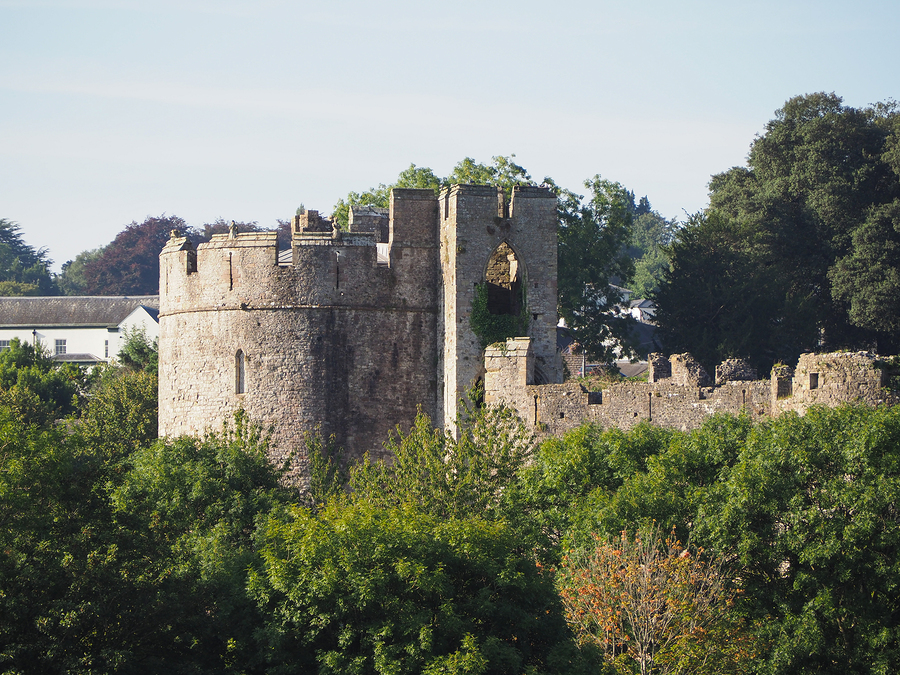
Ruins of Chepstow Castle (Castell Cas-gwent in Welsh) in Chepstow, UK
- Chepstow Castle is the oldest stone castle in Britain and was the first stone fortification to be built in Britain after the Romans left. Chepstow is also believed to be the the birthplace of Richard Ap Meryk, or Amerike, who became Sheriff of Bristol and sponsored John Cabot’s voyage to the New World in the Matthew in 1497. It seems reasonable to suppose that Cabot might have named his new found land America in honour of his sponsor.
- Monmouthshire is the burial place of the man who gave his name to the most famous clock in the world. Sir Benjamin Hall, who is buried in Llanover near Abergavenny, was the Commissioner of Works who oversaw the installation of the Great Clock at the Palace of Westminster and it is believed that the Great Bell was named after him. Today the whole clock is known as Big Ben but originally the name referred only to the Great Bell upon which the hours are struck.
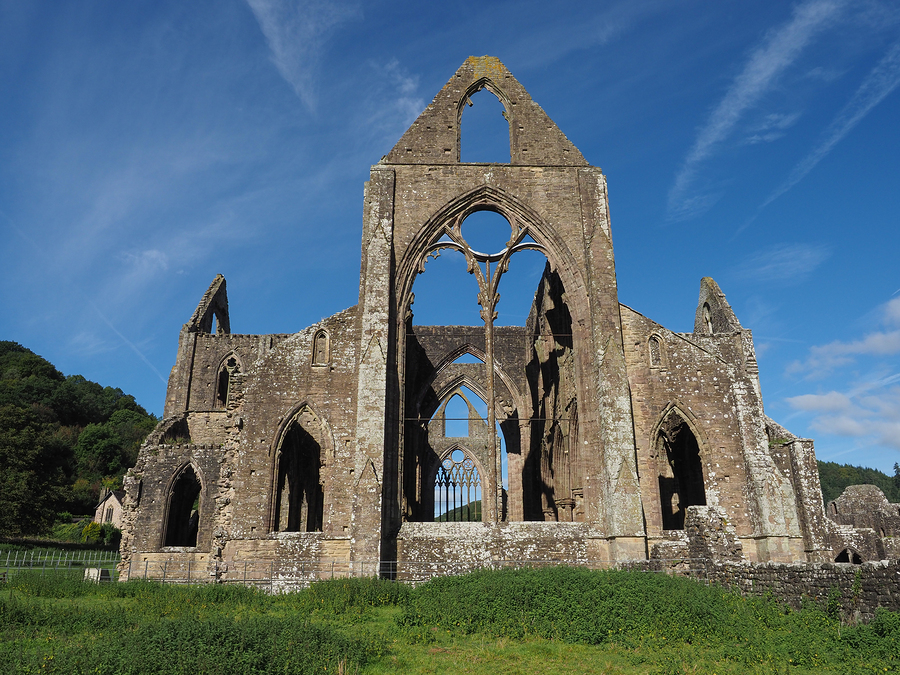
Tintern Abbey (Abaty Tyndyrn in Welsh) ruins in Tintern, UK
- Tintern Abbey in the Wye valley, considered one of the most romantic ruins in Britain, has inspired many artists, including Gainsborough, Turner and the poet Wordsworth. The monks from the abbey were amongst the first to make iron and their efforts laid the foundation for one of Britain’s earliest brass works, set up at Tintern in 1568.
See part three – The Peak District
See part six – the Cumbrian Coast
See part seven – Aberdeenshire
See part ten – The Yorkshire Dales
Find out more about Christopher Winn’s ‘I Never Knew That’ here
Latest posts by Christopher Winn (see all)
- A dozen or so things you never knew about Loch Lomond and Dunbartonshire - October 20, 2021
- A dozen or so things you never knew about Bedfordshire - May 18, 2021
- A dozen or so things you never knew about Berwickshire - March 18, 2021
- A dozen or so things you never knew about The Surrey Hills - January 26, 2021
- A dozen or so things you never knew about historic Monmouthshire - February 10, 2020








